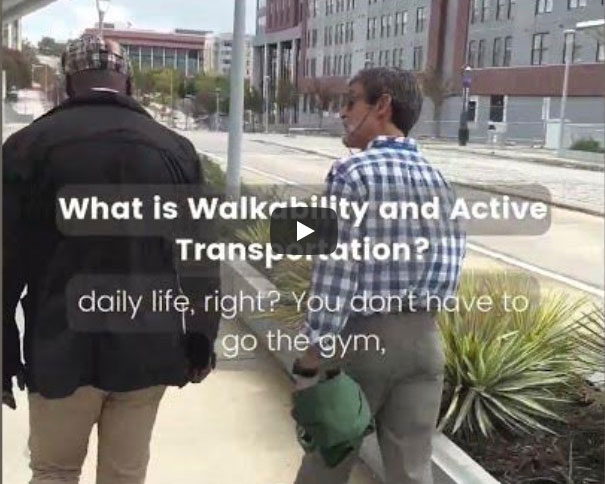

Walkability, Community Mobility and Active Transportation
Step Into a Safer, Healthier and More Mobile Community
Let us help you transform your community with innovative
solutions that allow everyone to walk, ride and roll.


Community Mobility and Active Transportation
Step Into a Safer, Healthier and More Mobile Community
Let us help you transform your community with innovative solutions that allow everyone to walk, ride and roll.
Interested in improving walkabilty, community mobility and active transportation in your community? Let’s Talk!
Why Walkability Matters
Community mobility, walkability and active transportation describe how easily people can move around their communities without relying on a car—whether by walking, biking, using wheelchairs or public transit. It’s about creating safe, accessible and connected places where people can reach goods, services and each other, making movement a natural part of everyday life.

Rethinking How We Get Around
Many towns were built for cars, making it harder for people to walk, bike or use public transit. By designing streets for everyone, we can create safer, more connected communities where people can easily reach jobs, schools and daily needs—no vehicle required.
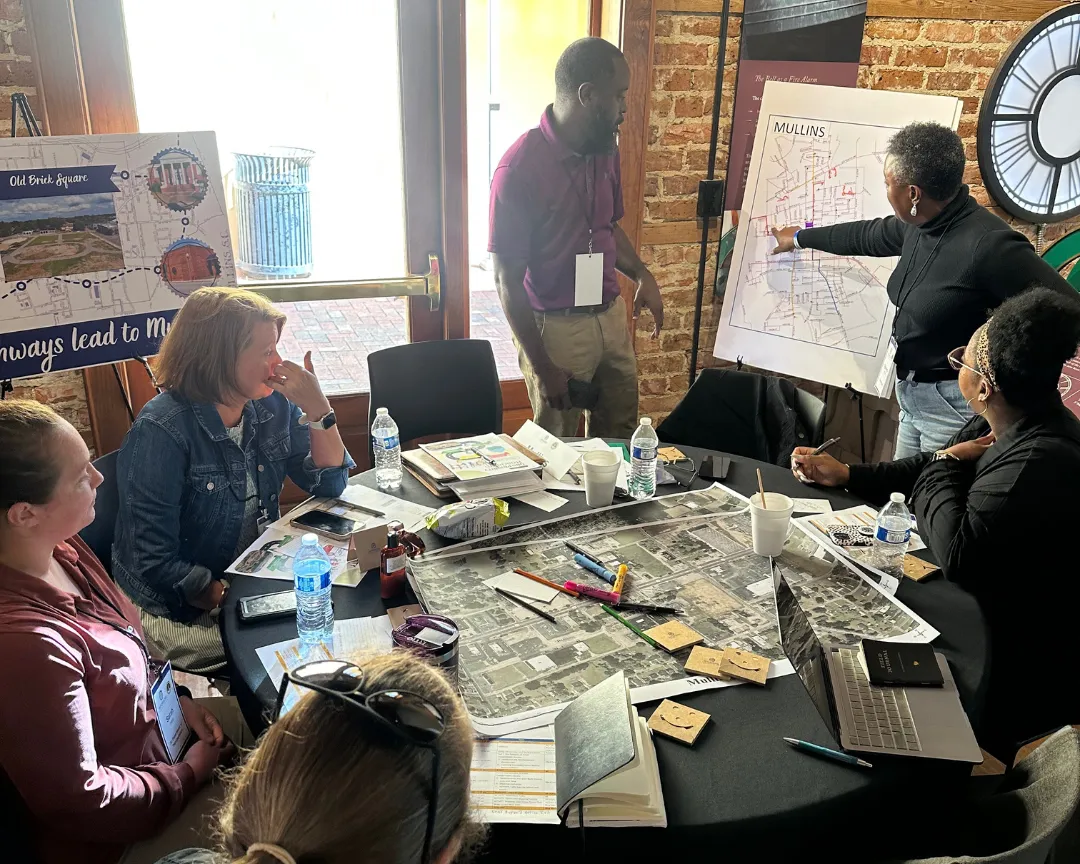
Who’s Involved in Building Better Mobility?
Creating walkable, mobile communities means safer streets, better policies and local solutions that make mobility more accessible for everyone regardless of age, ability or income. This requires collaboration across many sectors—transportation, planning, education, elected officials, parks, public health, housing and more. When we all work together, we can create vibrant, connected neighborhoods where everyone can move safely.
Learn more about how you can get involved and successes in communities
Connect with us to discuss funding opportunities supporting walkabilty projects in your community.
Featured Resources
Access recommended resources and tools for designing walkable communities for people of all ages and abilities. We’re available to provide technical assistance!
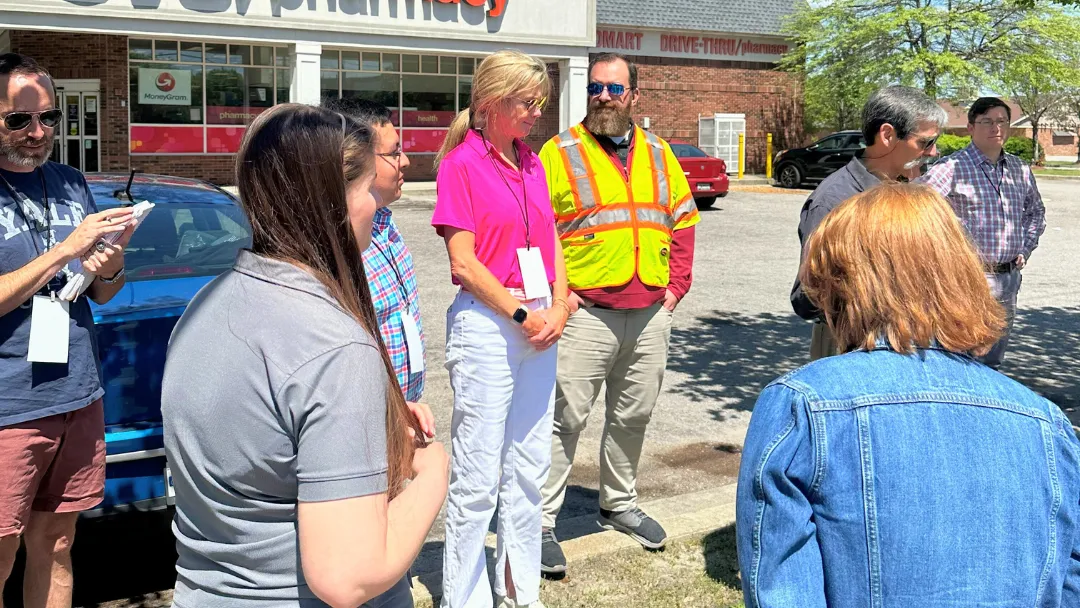
Walk Audit Toolkit
Empower your community to create safer, more walkable spaces
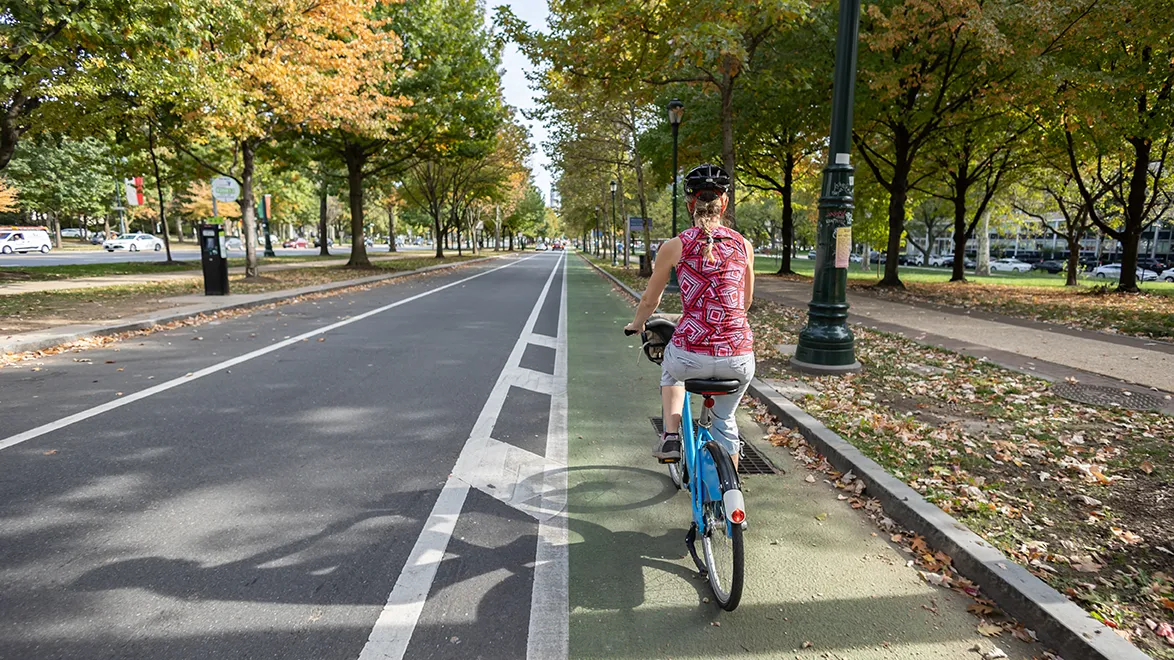
AHA Policy Statement
Champion healthier communities by understanding policy frameworks that promote active transportation and living. Learn essential strategies for improving public health nationwide.
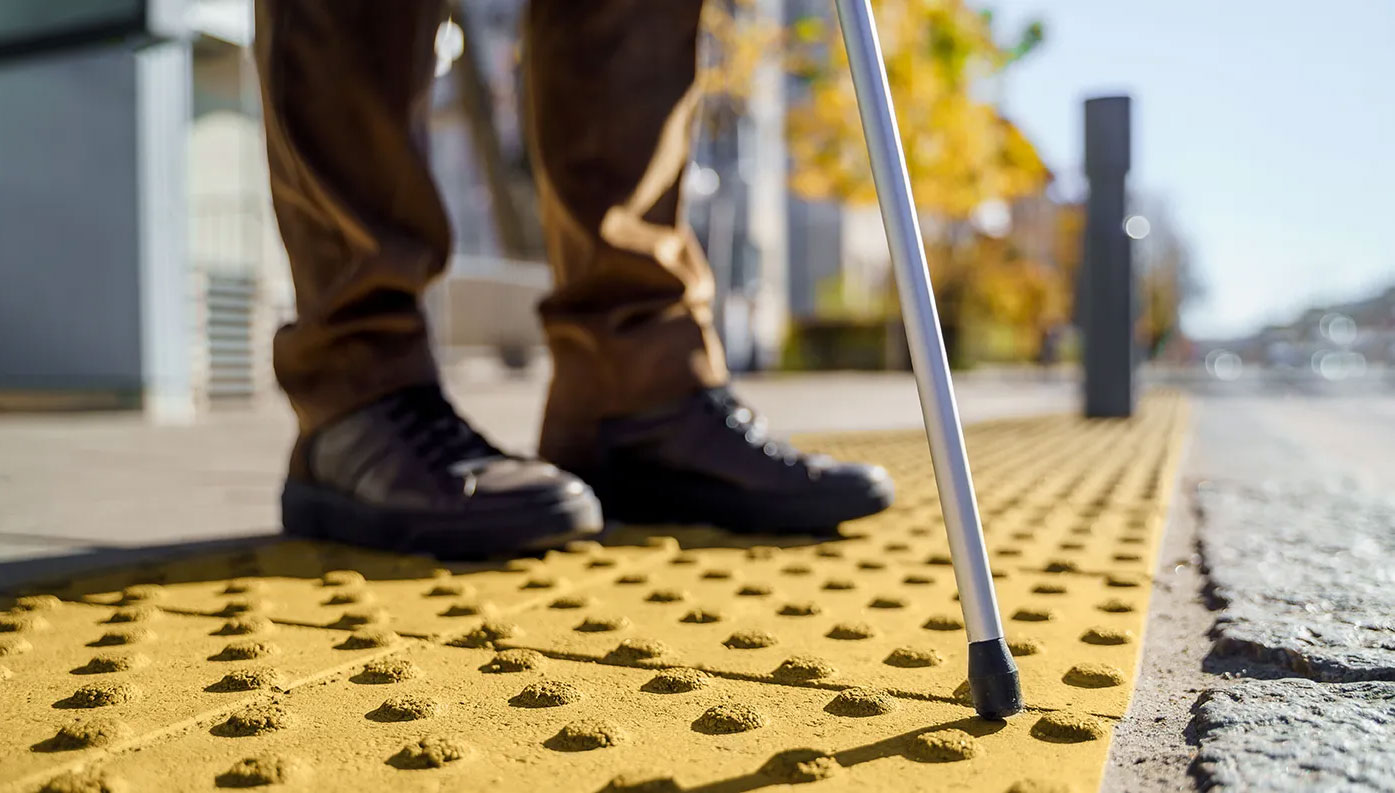
Start with Community Engagement
Engaging your community is the foundation for lasting change. Form advisory committees, attend local meetings and assess pedestrian needs through walk audits or surveys.
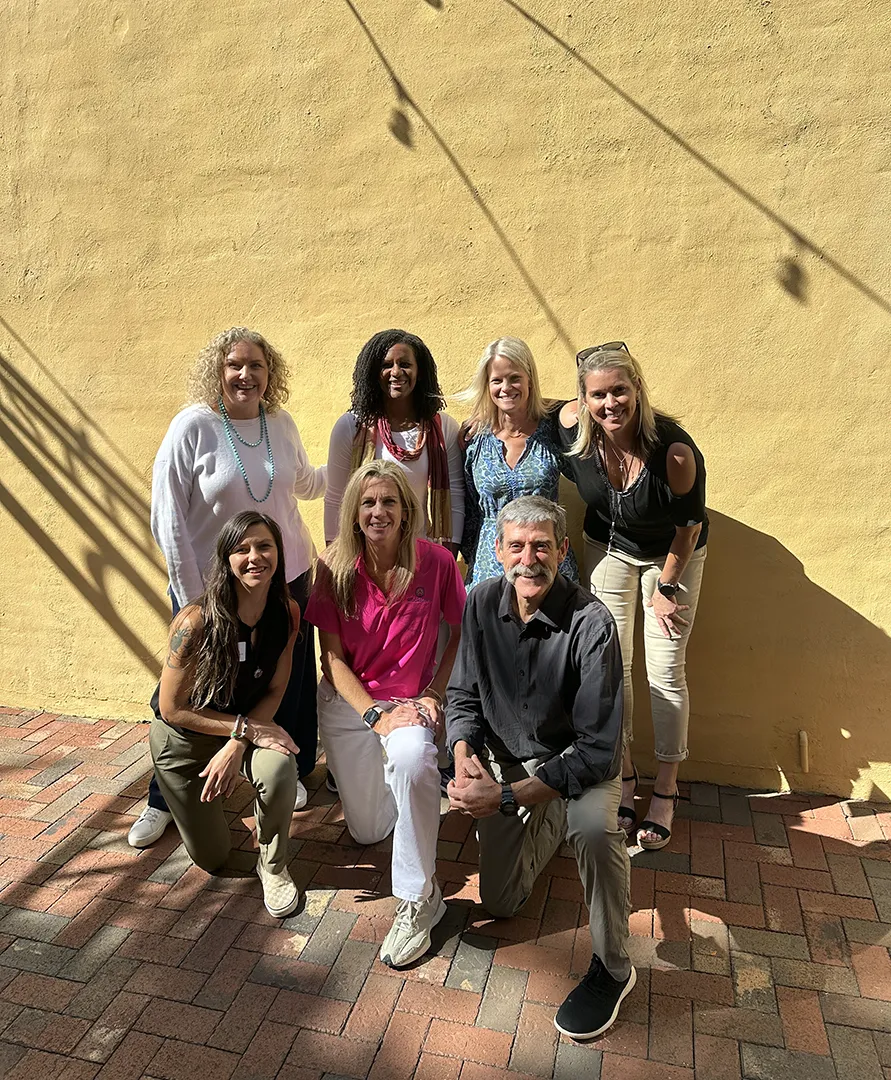
Our Commitment
At Wholespire, we are committed to building healthier, more connected communities through walkability, community mobility and active transportation. We understand that sustainable change requires strong leadership, cross-sector collaboration and targeted investment. That’s why we’ve taken deliberate, strategic steps to support local communities and equip them with the tools they need to succeed.
Key actions and investments in community health and infrastructure:
- Developed critical planning resources
- Forged strategic partnerships
- Cllaborated in forming a multisector partnership group to develop a coordinated, statewide plan of action
- Launched a cohort of multi-sector partners focusing on local planning and implementation of walkablity projects
- Delivered actionable, results-oriented plans
Investing in active transportation and connectivity isn’t just good for health—it boosts local economies, enhances safety, supports environmental goals, and builds stronger communities. With your partnership, we can continue scaling solutions that work.

